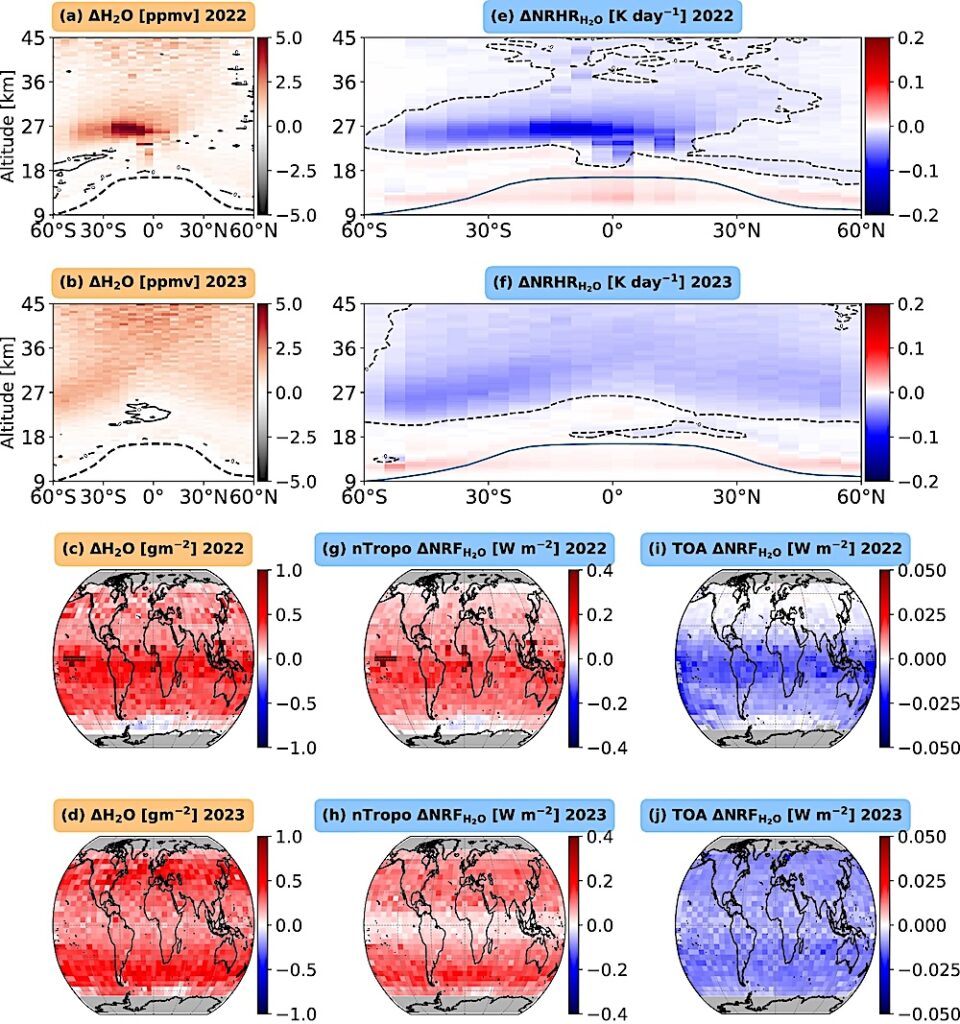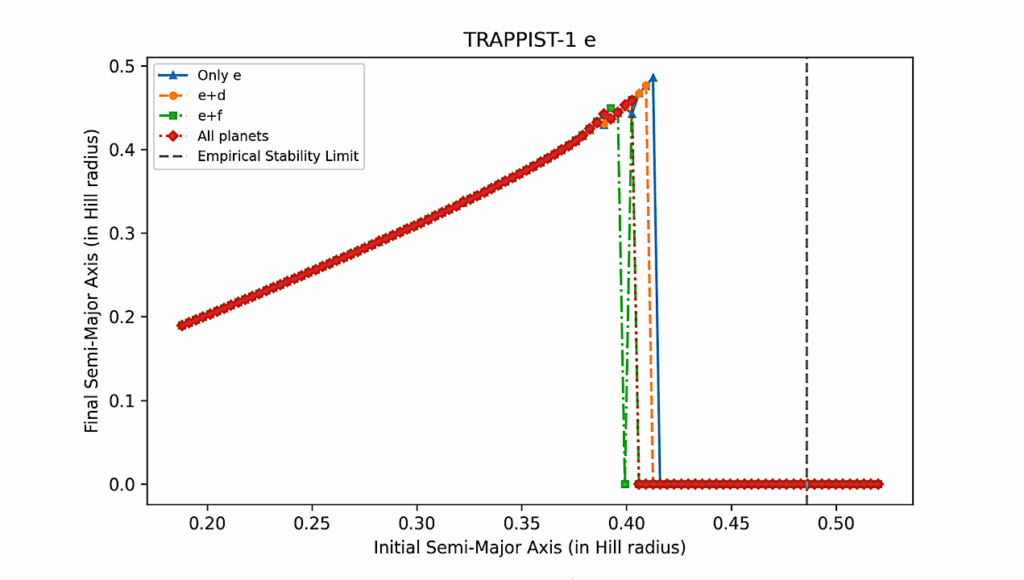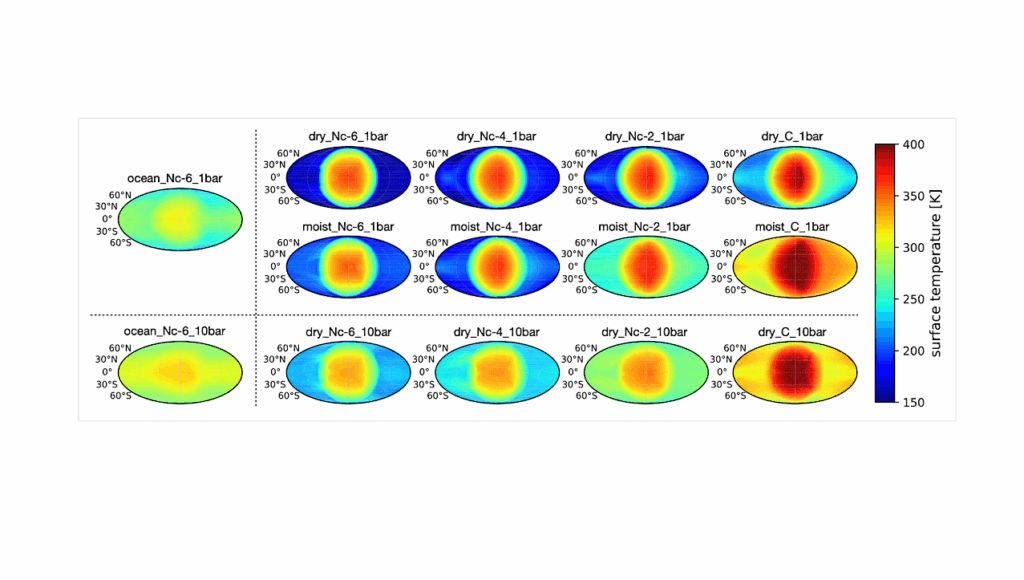Quantifying the Classification of Exoplanets: in Search for the Right Habitability Metric

What is habitability? Can we quantify it? What do we mean under the term habitable or potentially habitable planet?
With estimates of the number of planets in our Galaxy alone running into billions, possibly a number greater than the number of stars, it is high time to start characterizing them, sorting them into classes/types just like stars, to better understand their formation paths, their properties and, ultimately, their ability to beget or sustain life.
After all, we do have life thriving on one of these billions of planets, why not on others? Which planets are better suited for life and which ones are definitely not worth spending expensive telescope time on? We need to find sort of quick assessment score, a metric, using which we can make a list of promising planets and dedicate our efforts to them. Exoplanetary habitability is a transdisciplinary subject integrating astrophysics, astrobiology, planetary science, even terrestrial environmental sciences.
We review the existing metrics of habitability and the new classification schemes of extrasolar planets and provide an exposition of the use of computational intelligence techniques to evaluate habitability scores and to automate the process of classification of exoplanets. We examine how solving convex optimization techniques, as in computing new metrics such as CDHS and CEESA, cross-validates ML-based classification of exoplanets.
Despite the recent criticism of exoplanetary habitability ranking, this field has to continue and evolve to use all available machinery of astroinformatics, artificial intelligence and machine learning. It might actually develop into a sort of same scale as stellar types in astronomy, to be used as a quick tool of screening exoplanets in important characteristics in search for potentially habitable planets for detailed follow-up targets.
Margarita Safonova, Archana Mathur, Suryoday Basak, Kakoli Bora, Surbhi Agrawal
Comments: 17 pages, 6 figures, in press
Subjects: Earth and Planetary Astrophysics (astro-ph.EP); Data Analysis, Statistics and Probability (physics.data-an)
Journal reference: European Physics Journal ST Special issue on Modeling, Machine Learning and Astronomy, 2021
Cite as: arXiv:2104.02991 [astro-ph.EP] (or arXiv:2104.02991v1 [astro-ph.EP] for this version)
Submission history
From: Margarita Safonova Dr. [view email]
[v1] Wed, 7 Apr 2021 08:38:30 UTC (6,667 KB)
https://arxiv.org/abs/2104.02991
Astrobiology








